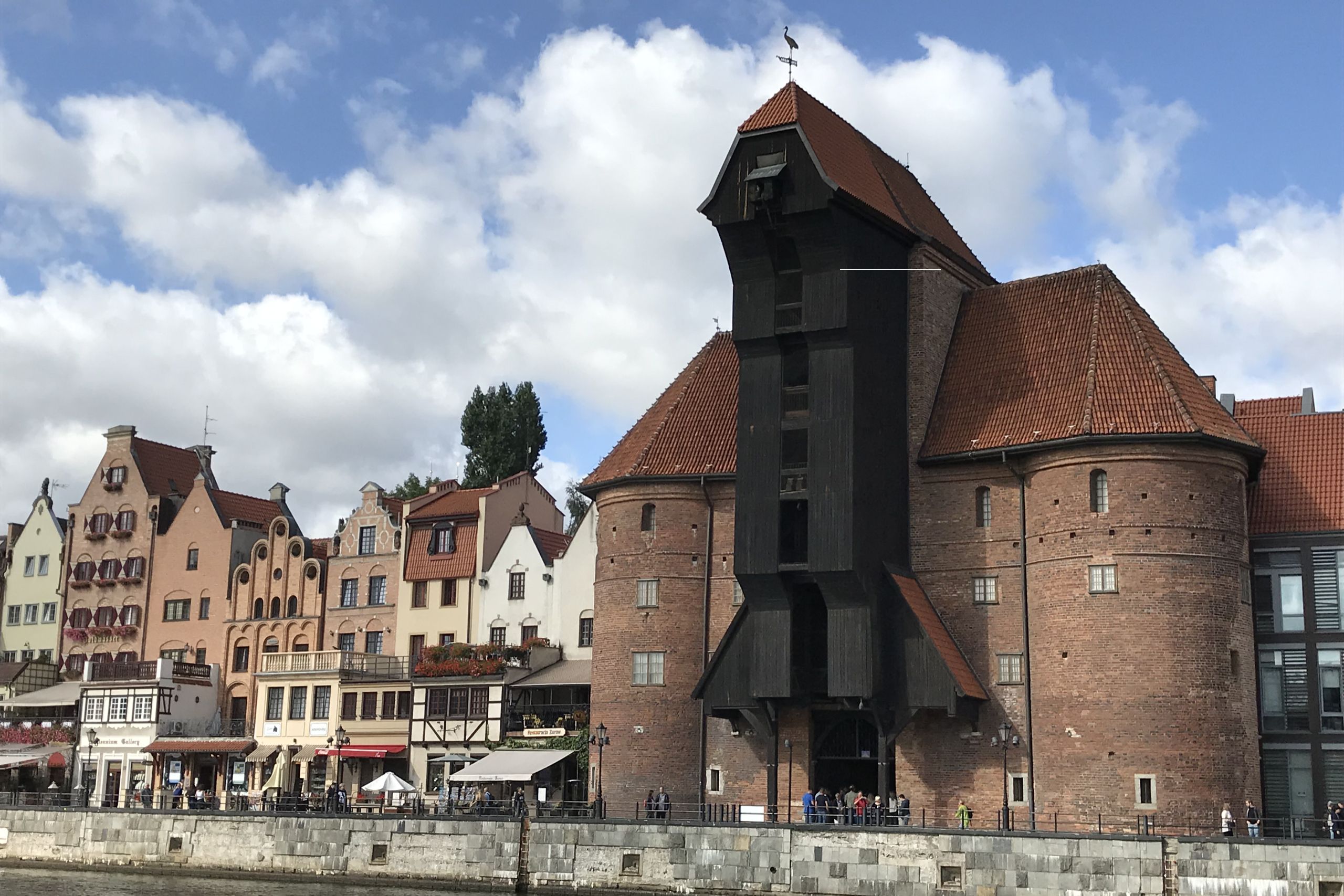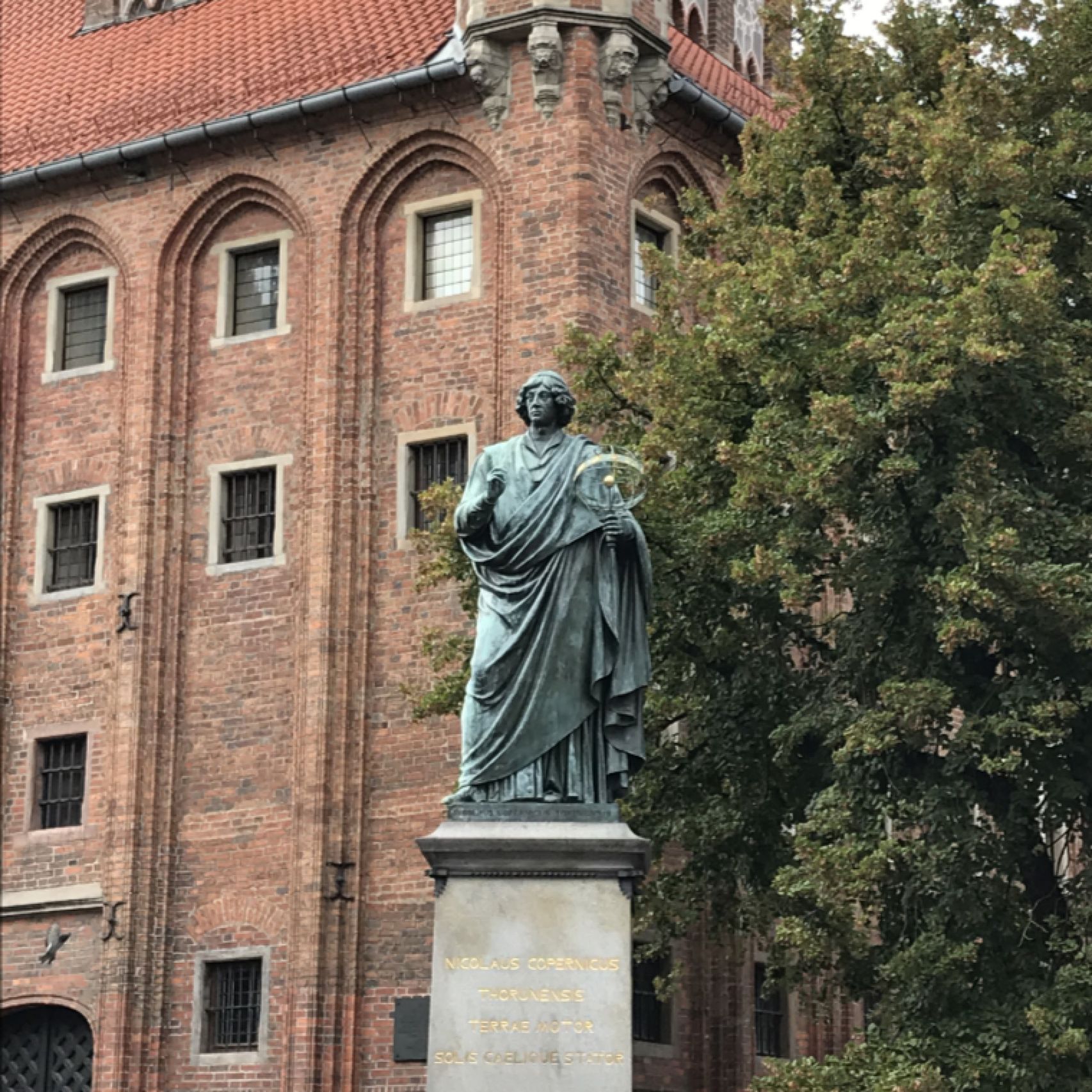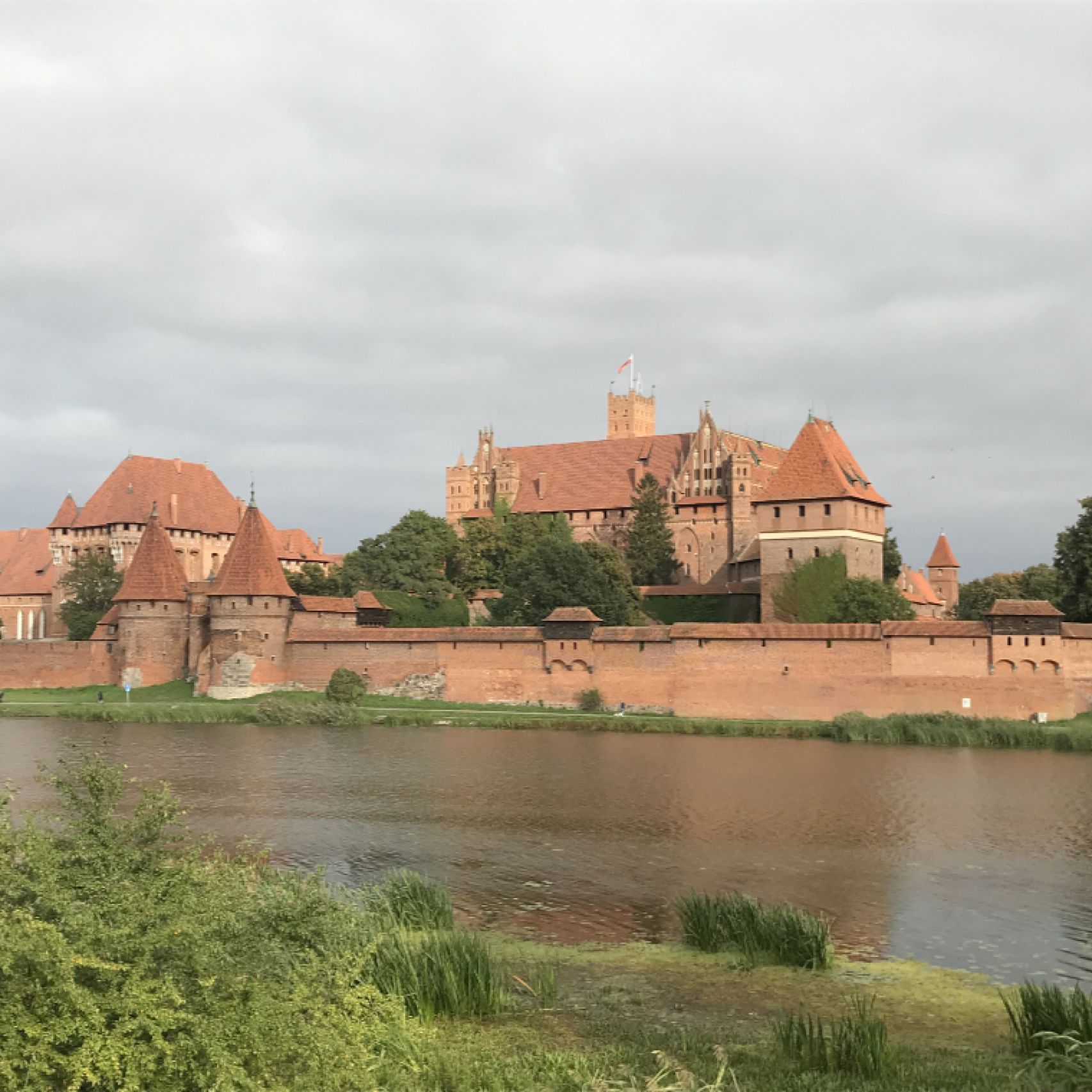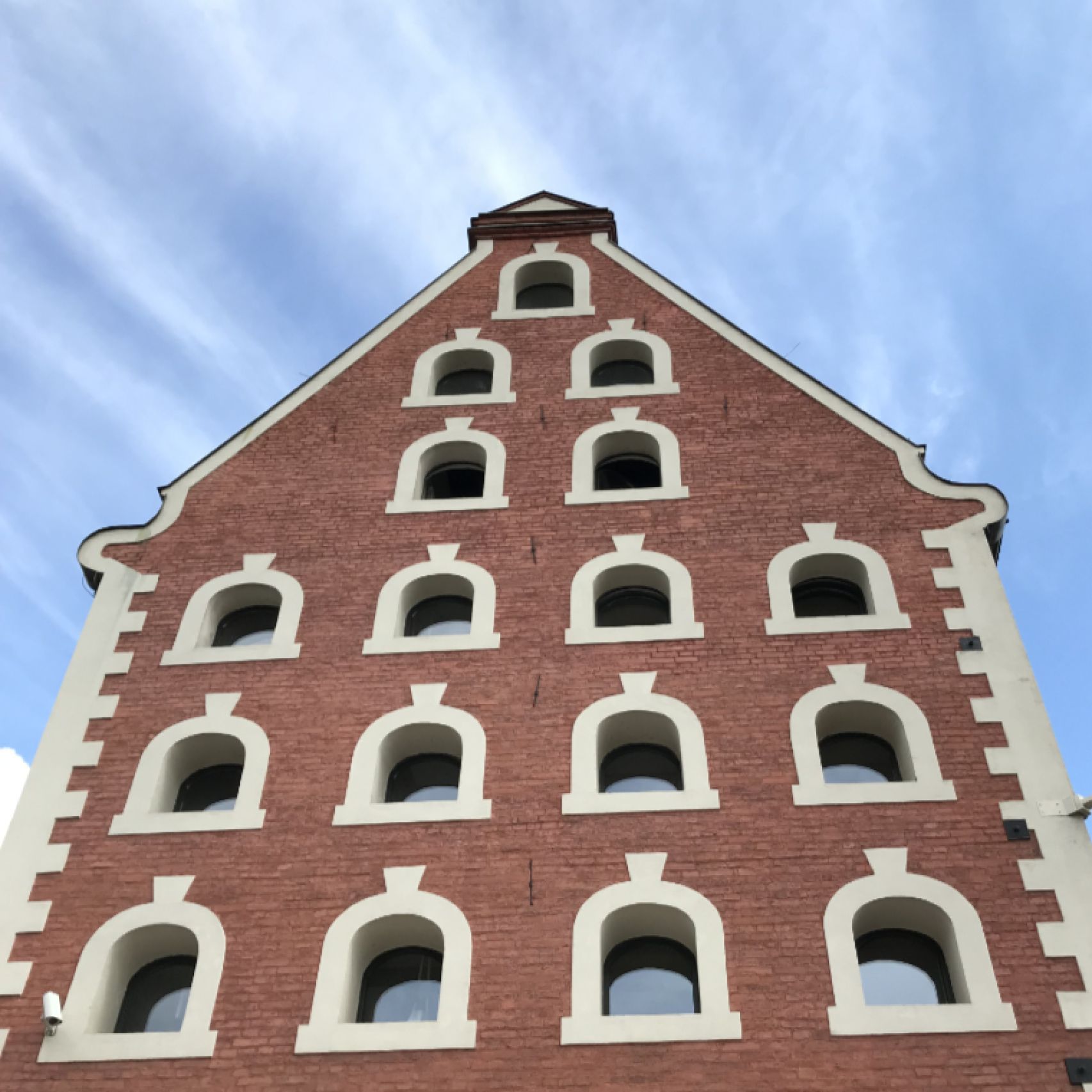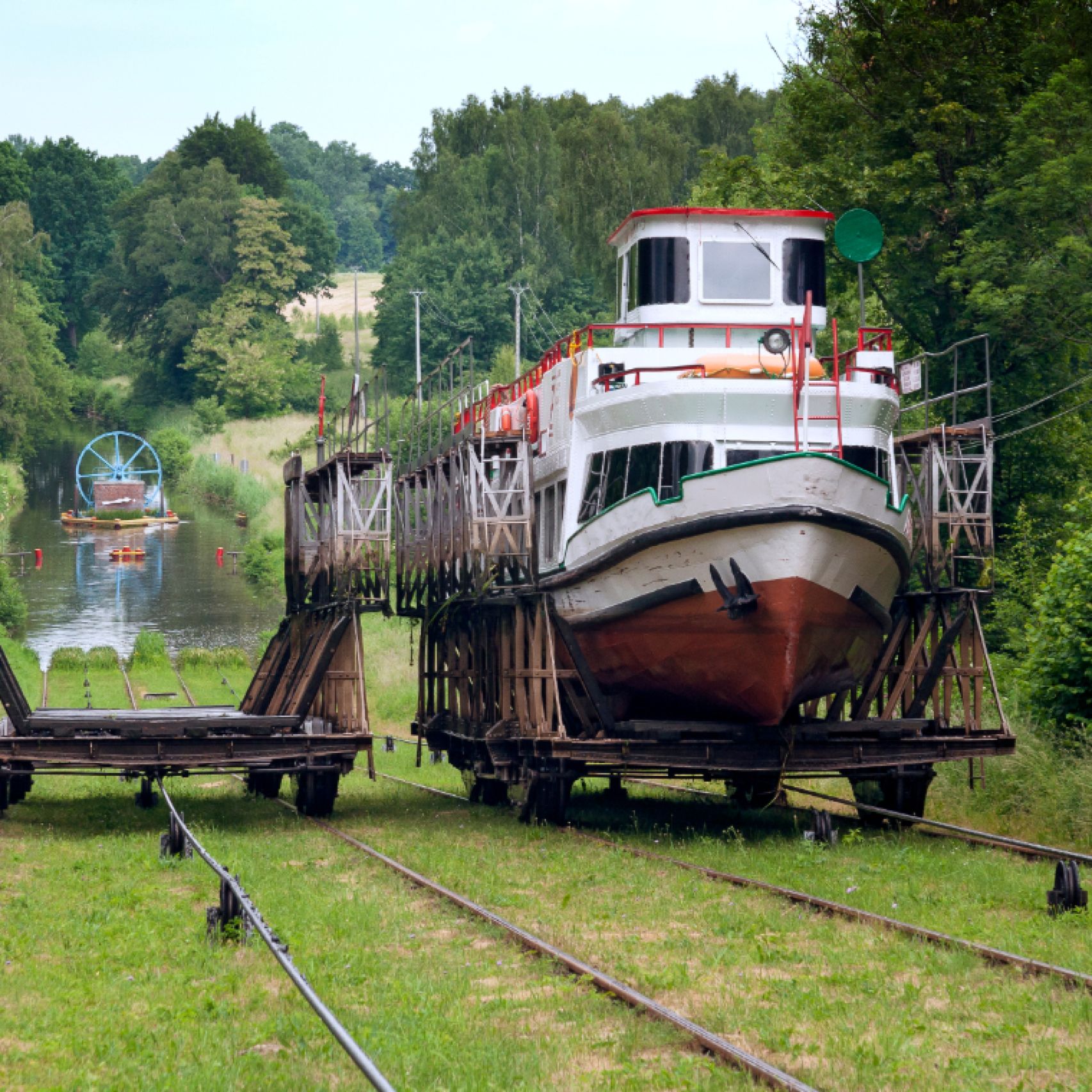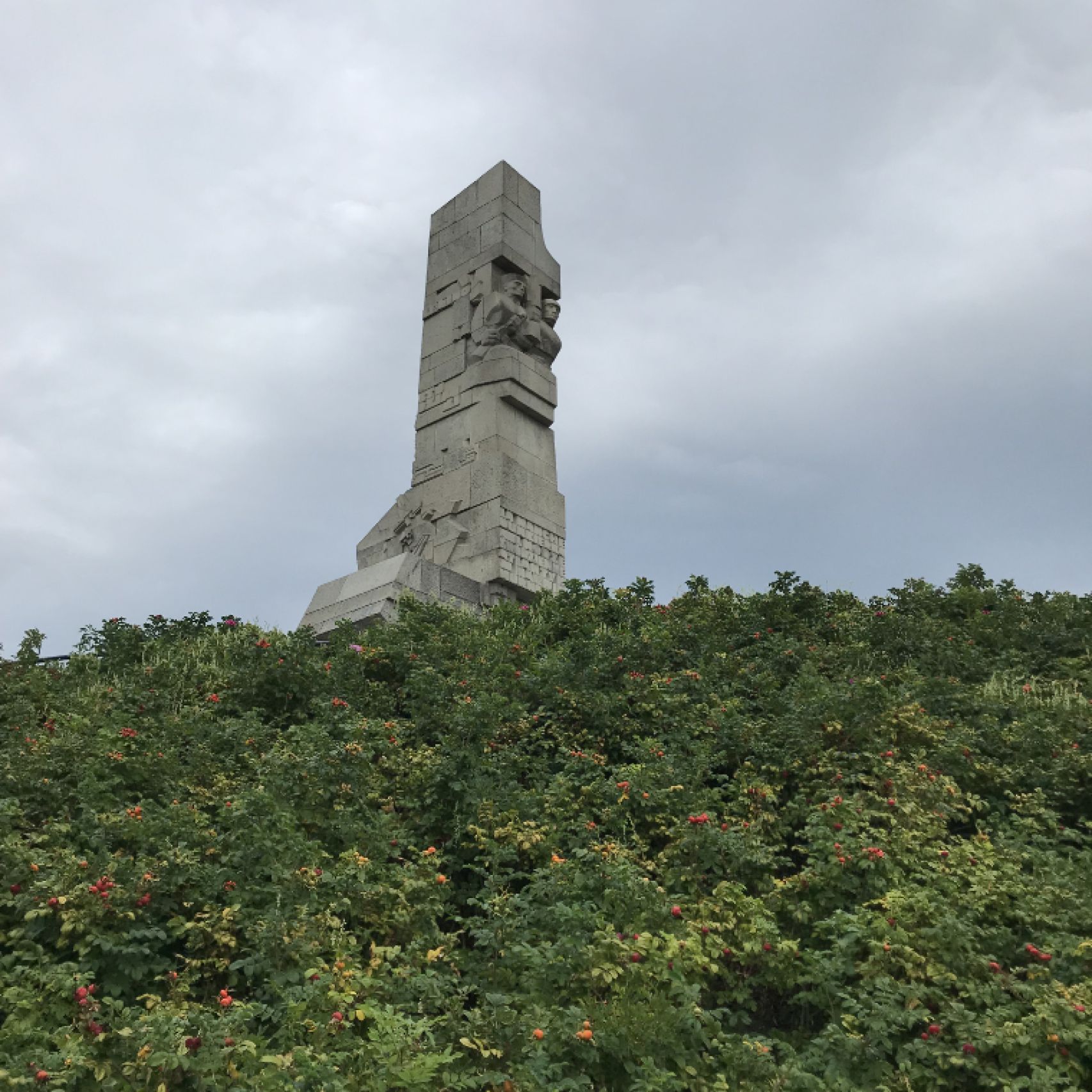The picture above exemplifies the resilience of the people and architecture of Northern Poland. Though 95% of Gdańsk was destroyed during the Second World War, the reconstruction has successfully replicated this historic Hanseatic town, famous for its waterways and amber artefacts. Our visit to the Solidarity museum showcases the starting point for the original 1980s movement, featuring one of the world’s most distinctive moustaches.

